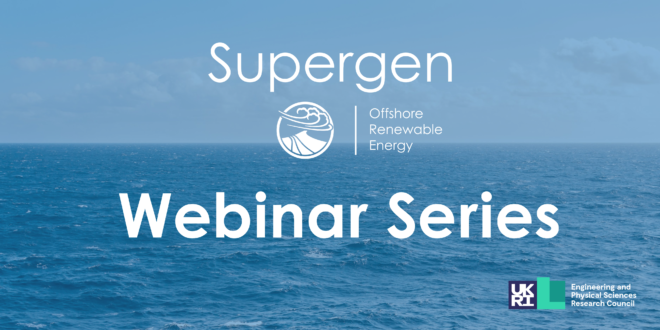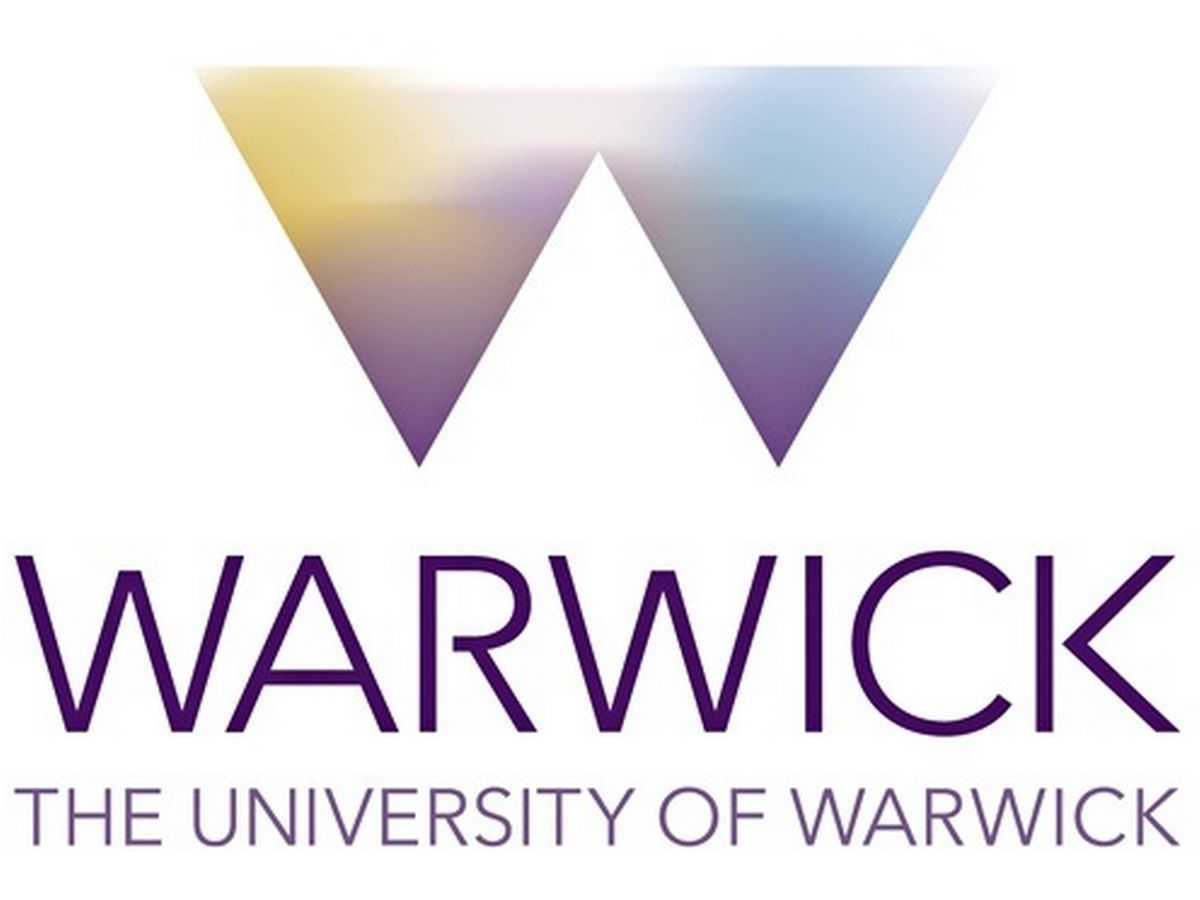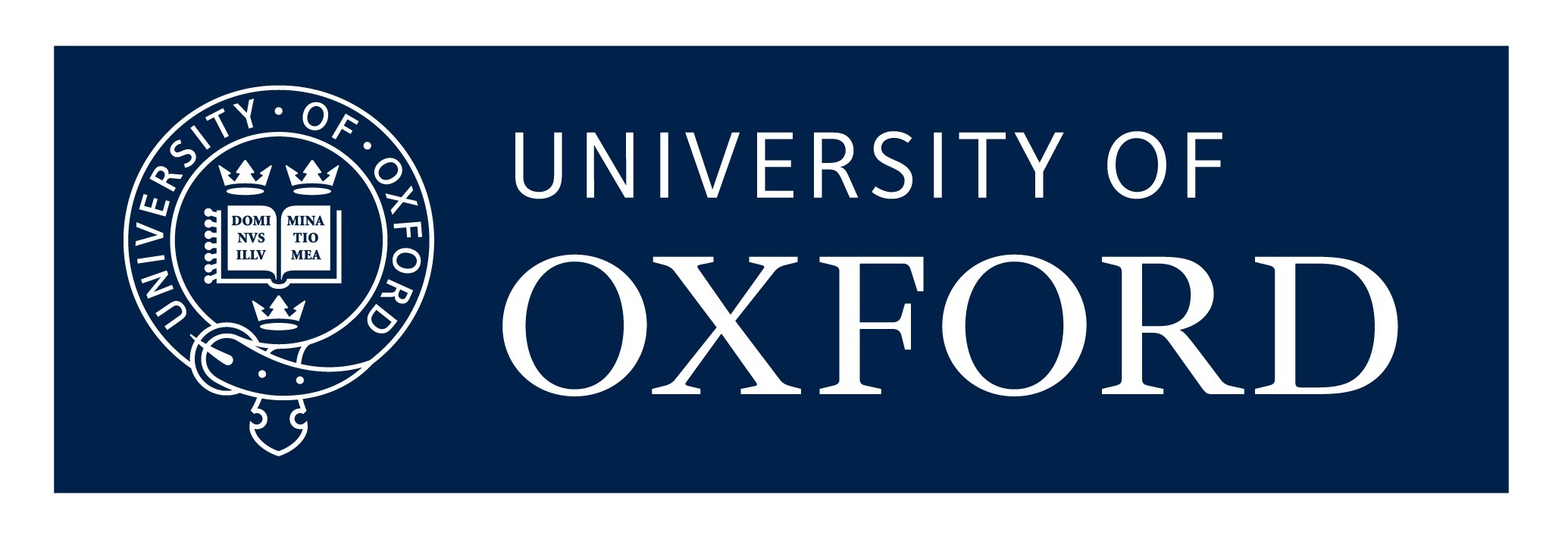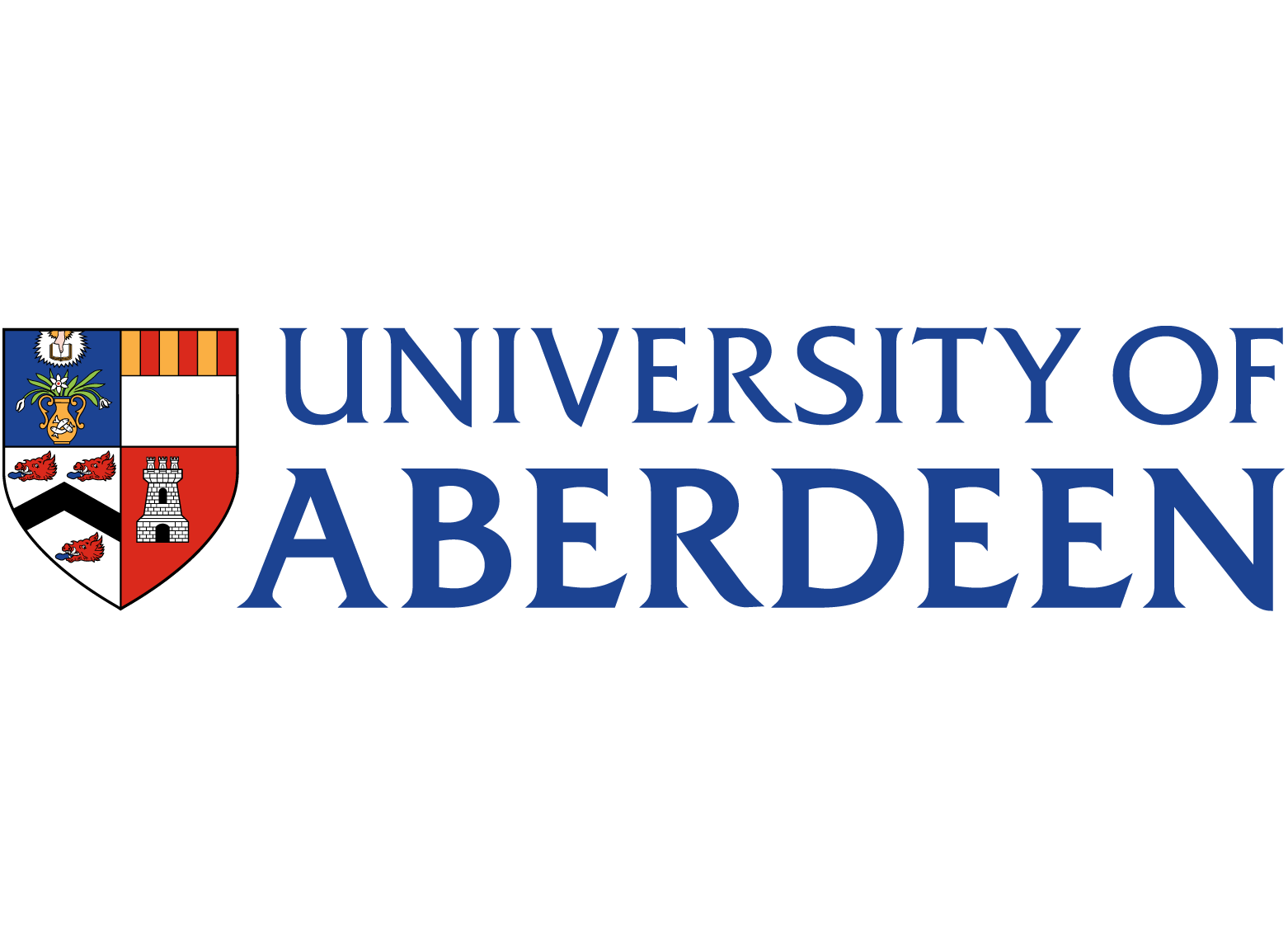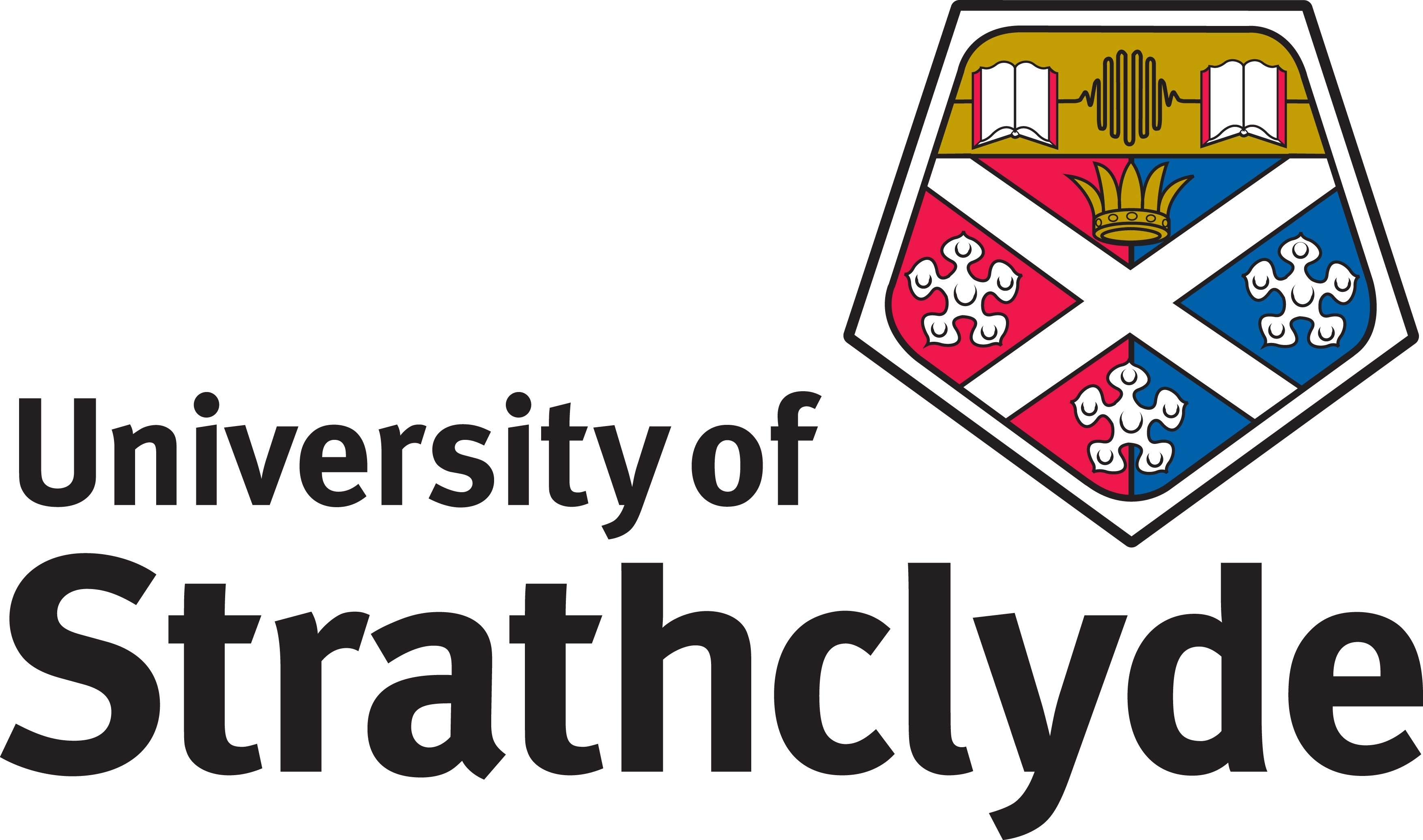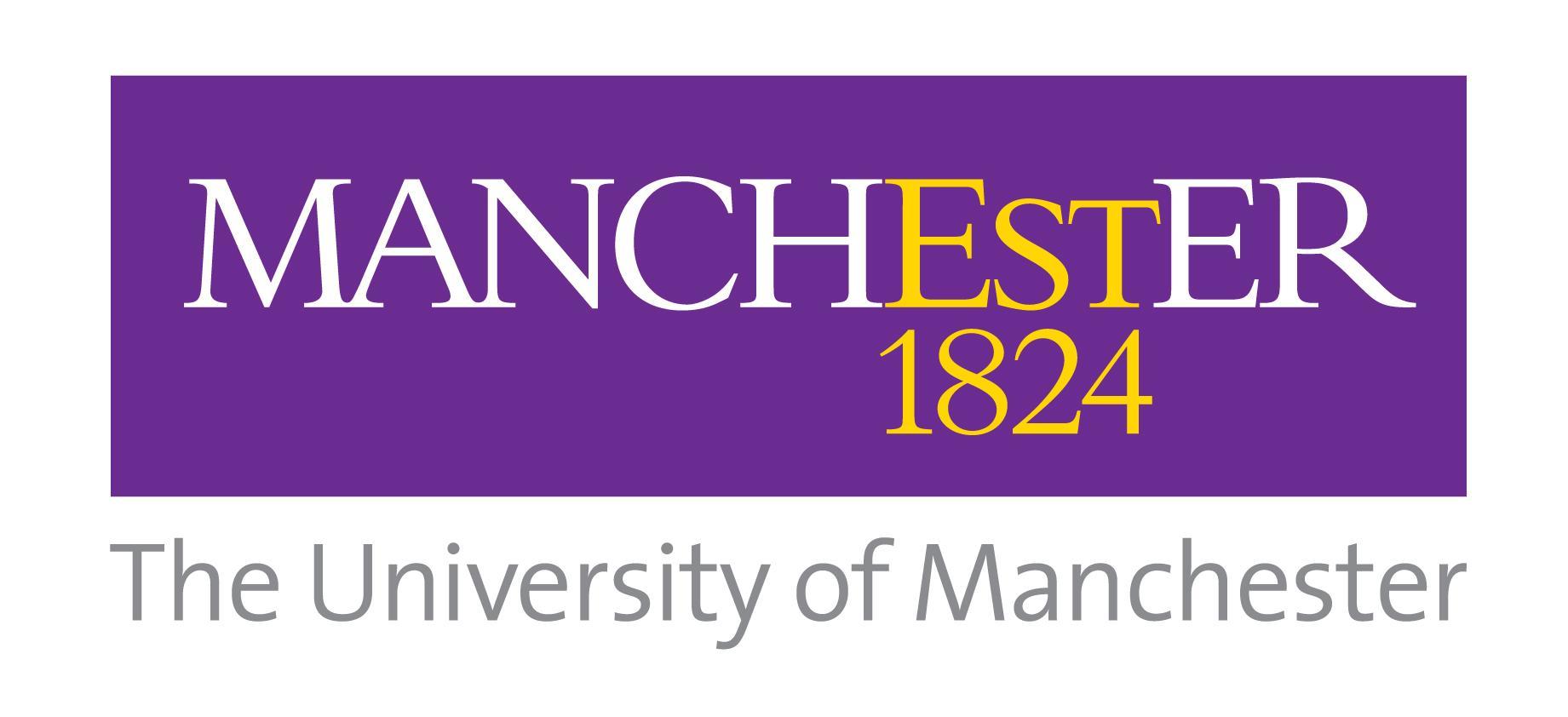In the context of an increased need for renewable energy and the subsequent requirement to deal with discrepancy between times of high electricity production and high electricity consumption, as well as the need to replace fossil fuels with alternative options, it is vital to develop the combination of offshore renewable energy farms with green hydrogen production via electrolysis. The preparation of a commercial scale demonstrator of a wind turbine platform carrying equipment for hydrogen developed by Dolphyn Hydrogen requires hydrodynamic studies to answer design questions related to hydrogen production on the platform.
A model of a semi-submersible platform was manufactured at scale 1:62 and tested in the Ocean Basin of the COAST Laboratory of the University of Plymouth. This platform has several characteristics which distinguishes it from other platforms, such as the presence of heave-plates at the bottom of the three columns of the semi-sub, and the position of the wind turbine on one of those columns (no centre-column). The main focus of a first series of tank tests was the experimental study of a flexible riser for hydrogen transport from the platform to the seabed in extreme sea conditions corresponding to the Celtic Sea.


